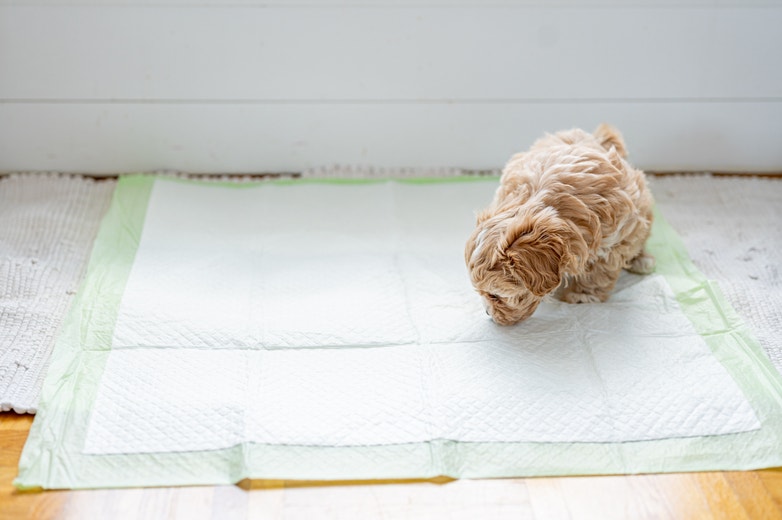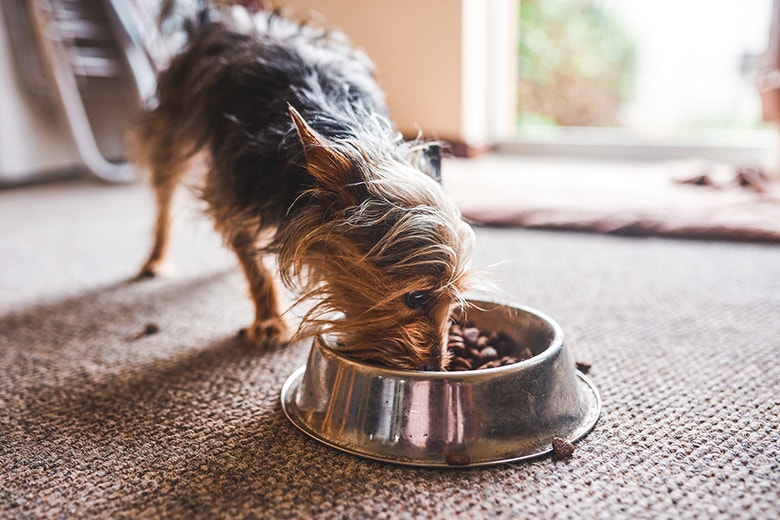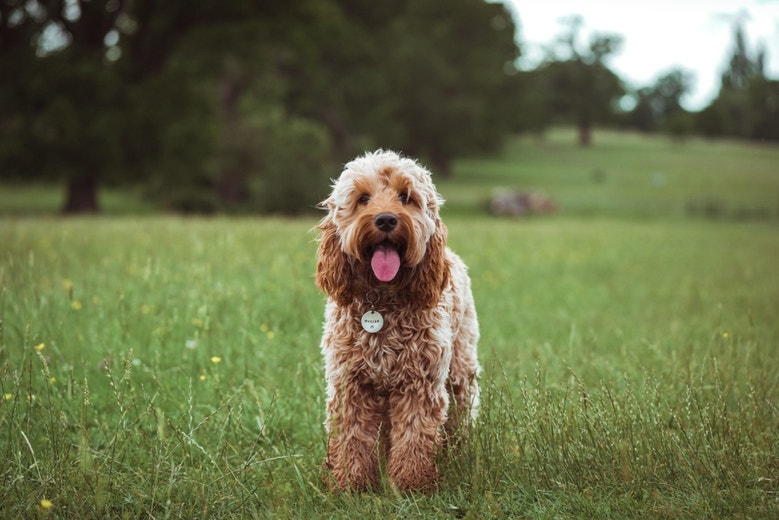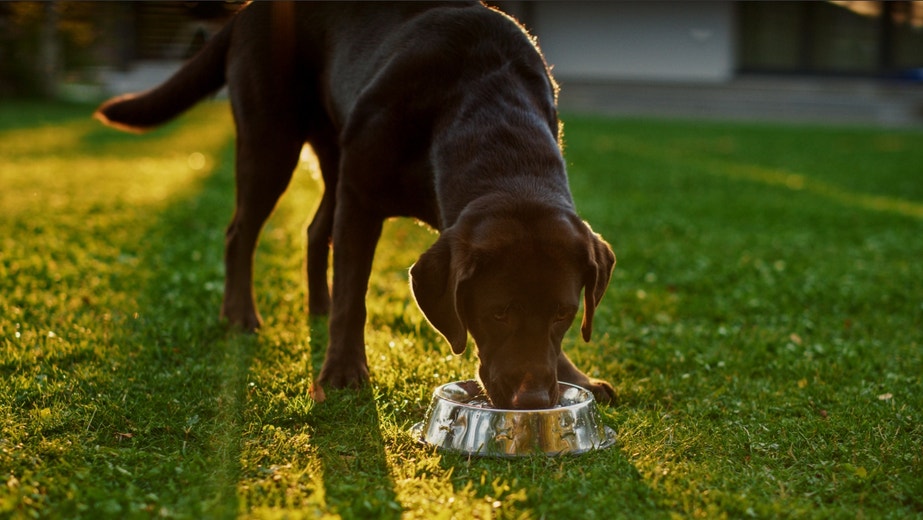
Your Dog’s Sleeping Positions and Their Meanings
Your Dog’s Sleeping Positions and Their Meanings
The way your dog chooses to fall asleep can reveal a glimpse into their mental wellbeing. For example, sleeping on their stomach could suggest they are not entirely comfortable -while a dog sleeping on their back is likely completely at ease. Whilst there isn’t a significant amount of research on this topic, your dog’s sleeping positions can give you an idea of how they’re feeling and may enable you to make their lives even more comfortable.
What dogs are communicating with their sleeping positions
Dogs require a lot more sleep than humans, with most adult dogs sleeping for an average of just under 11 hours a day. So, it’s only natural they’ll get into a range of different sleeping positions during that time. Their sleeping positions can also be affected by outside factors, like temperature, environment, surface, physical makeup, or how they’re feeling, which can reveal more than you might imagine.
The meanings behind common sleep positions
How your dog chooses to go to sleep can say a lot about their relationship with you, any other pets you might have and how they may be feeling. It can also give you clues on your dog’s temperature and overall wellbeing.
Sleeping on their side
Dogs commonly sleep on their sides with their legs extended. This position likely means they are:
- calm
- relaxed
- in a deep sleep
Sleeping on their stomach
In this position, your dog will be on their stomach with their head resting on their paws. It likely means they are:
- dozing
- wanting to remain alert and ready to spring into action
- not entirely comfortable in their surroundings
Sleeping on their stomach with all legs extended
This sleeping position seems to be a favourite with puppies and small dogs. It could mean that they were exhausted and just flopped down into this position. They also may have been too warm and having their stomach and legs in contact with the ground could be to cool them down. They’re also ready to spring into action, so they may not be fully relaxed if they’re in this position.
Sleeping curled up
This sleeping position harks back to before dogs were domesticated. In the wild, this position keeps them warm and would help protect a dog’s vital organs, which could mean your dog is feeling vulnerable or cold.
Sleeping on their back
A dog that falls asleep on its back could indicate that they’re warm and want to cool themselves down by exposing their stomach. When a dog sleeps on their back it is often a sign they trust you and are completely relaxed, as all their vulnerable areas are on show.
Sleeping back-to-back with another dog
Dogs who sleep back-to-back with another dog, is usually a sign that they feel very secure together. This sleeping position can indicate the dogs feel safe with each other and have a strong bond.
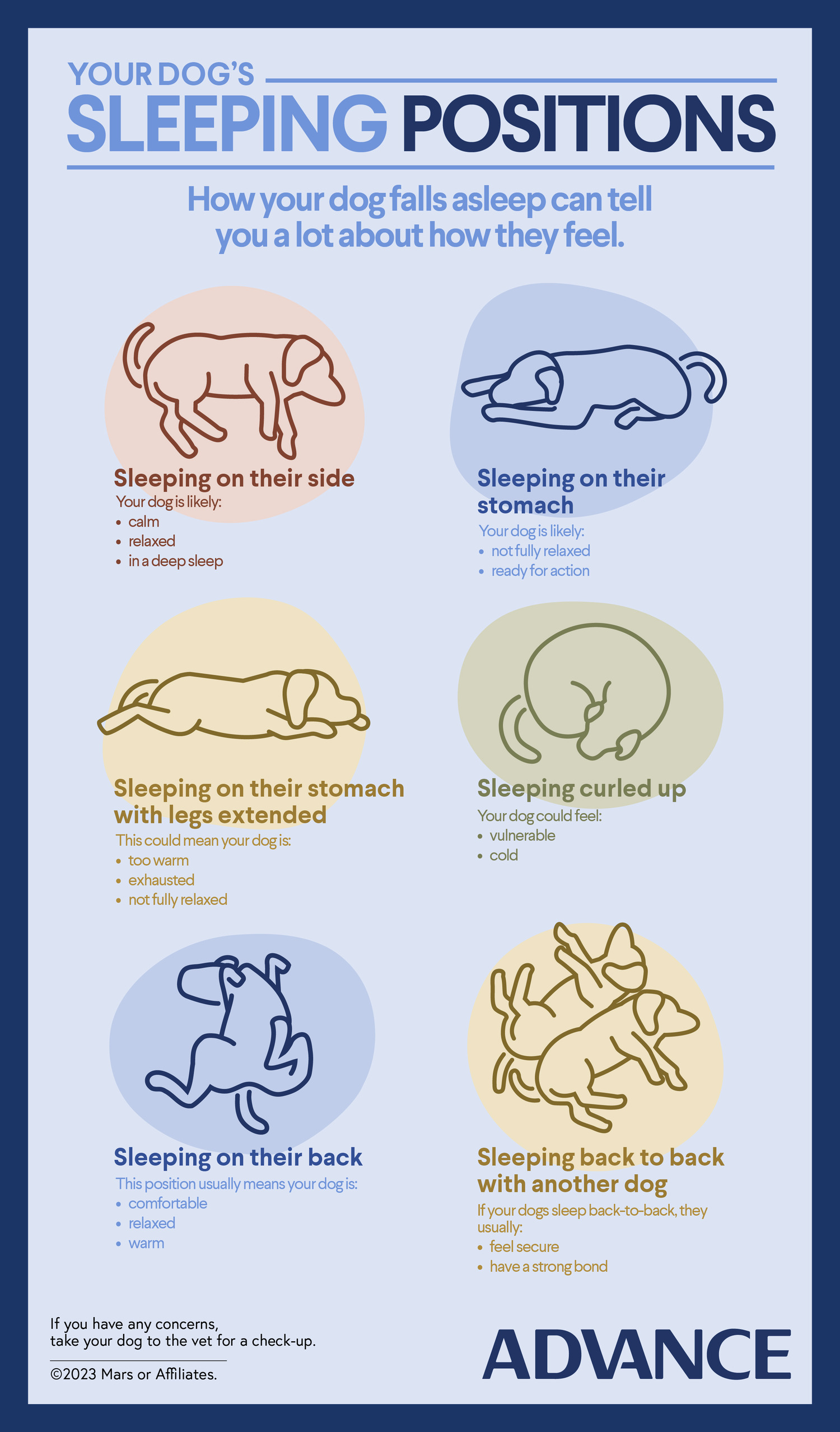
How you can help your dog sleep comfortably
To make sure your dog gets the best sleep possible, you should:
- Keep to a schedule, your dog thrives on routine because it makes them feel secure and helps them relax.
- Keep them comfortable. A supportive bed or their favourite blankets can go a long way towards improving the quality of your dog’s sleep.
- Make sure they are exercised. Your dog may sleep easier if they get the proper amount of exercise, particularly in the case of working breeds.
- Enrich their environment with toys. Experiment by offering different types to see which your dog enjoys interacting with and finds mentally stimulating.
- Feed your dog well ahead of bedtime, as this gives them plenty of time to digest their food properly.
Take them out to the toilet just before bed.
Your dog’s sleep quality can go a long way towards influencing their overall wellbeing. Taking their sleeping positions into account can help you determine if your dog needs any extra help feeling relaxed and comfortable to get the best night’s sleep possible. To learn more about caring for your dog and enriching their life, visit our petcare blog.
© 2023 Mars or Affiliates.

